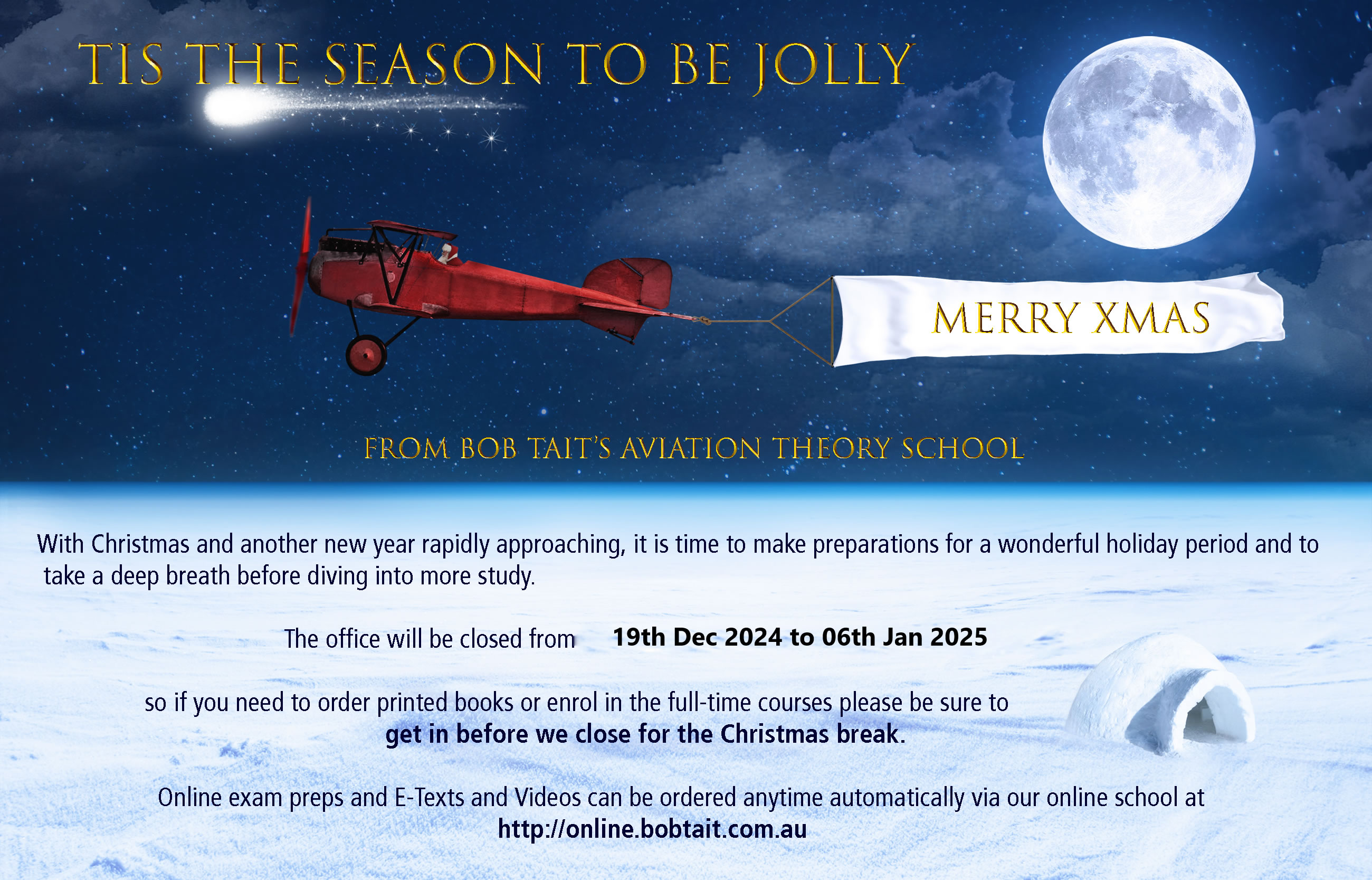Probably worth a few comments here, methinks.
First up, the accepted theory of lift (circulation theory .. things long ago progressed past Bernoulli in real life, if not in pilot theory examinations) shows that the vortex phenomenon commences as soon as the aircraft starts its takeoff roll. If you want an easily understood and good readable story of circulation, have a look at Arvel Gentry's sailing articles (Gentry, who died not all that long ago, was a very knowledgeable aerodynamicist with Macdonnell Douglas, as well as a well-regarded sailing chap) .. some of these can be found at the following site
www.gentrysailing.com.
There is a starting vortex shed across the wing span at the commencement of the takeoff roll and the usual wingtip vortices shed as the takeoff progresses. However, as the amount of lift being generated prior to rotation is minimal, we don't fuss too much about the potential effect of these on other aircraft during the jet's takeoff run. Hence the usual admonition that we start worrying about vortex interactions post jet rotation.
Second, the general observation is that the wingtip vortices (in flight) descend a bit and then remain more or less steady until viscosity kills them off with the wind moving both trails as one would think. Note, though, this isn't always the case ... sometimes the shed vortices can climb above the generating aircraft ... if you are interested in having a look at these sorts of effects, try a read of NASA Contractor Report 4767, which you can download via a simple google search.
So, how to approach this examination problem ? Conventional wisdom (which works most of the time) is that if the preceding aircraft rotates considerably further down the runway, then the following aircraft is going to be above the preceding generating aircraft's shed wingtip vortices.
Looking at some of the comments in the OP's post ...
The question was phrased along the lines that a heavy jet took off at 2500m you know you will be airborne at 1300m, what do you?
I'd takeoff without any initial worry. However, depending on the preceding jet Type and weight, I probably would be looking to request (presuming a controlled ATC environment) an early turn into wind after takeoff to put some distance between my aircraft and the preceding jet's presumed vortices locations.
I recall narrowing it down to 2 options: no delay required as vortices only commence as the heavy aircraft rotates or wait 3 minutes.
No delay required .... I'd go along with that.
Vortices only commence ... Not quite correct but we understand what is meant.
or wait 3 minutes. Why ? .. and, if you had a valid reason for waiting, the timing is going to be heavily dependent on the preceding Type and weather conditions.
As with any multi-guess question, check out EACH answer to discard the distractors and then worry about what's left in the bag.
Option (a) How were you planning to intersect the preceding aircraft's flight path ? It's faster, further down the way and MAY OR MAY NOT be climbing at a gradient less than yours. If the last point were a concern, an appropriate turn takes care of the worry. I'd give this option the big flick without any further thought.
Option (b) How were the relevant sections of the trailing vortices (ie after the preceding aircraft is airborne) going to come back to you on a calm day ? Give this option the flick as well.
Option (c) An interesting option. The first bit is fine .. you will be off the ground prior to the point at which the preceding aircraft was. However, the second bit isn't a foregone conclusion at all. Your light aircraft may well climb at a gradient very much less than the preceding jet's ,, it all depends on the two Types and their weights. Keep in mind that the all engine operating climb for a twin jet at low weights can be VERY impressive ... What you would do, in practice, is keep an eye on things and, if a concern arose, request an early into wind turn to put some distance between you and the jet's likely vortices positions. Overall, this option is acceptable, subject to the gradient consideration.
Option (d) I don't think so. How do you suppose that a calm day might make things more optimistic so far as the vortices are concerned ? Give this one the flick as well.
That leaves us with option (c) so I run with the examiner's choice for this one ....(subject to the unjustified presumption regarding climb gradients).








